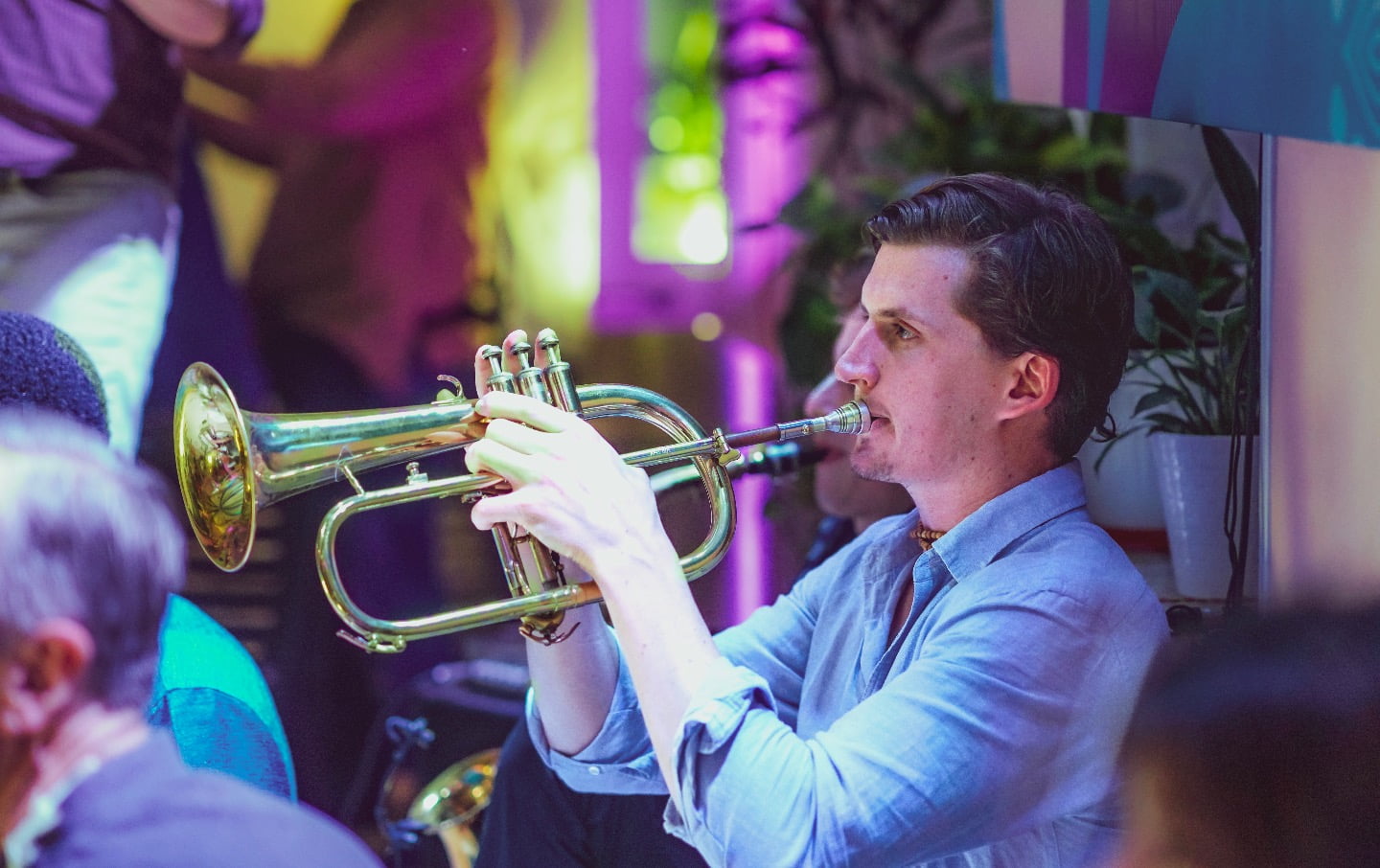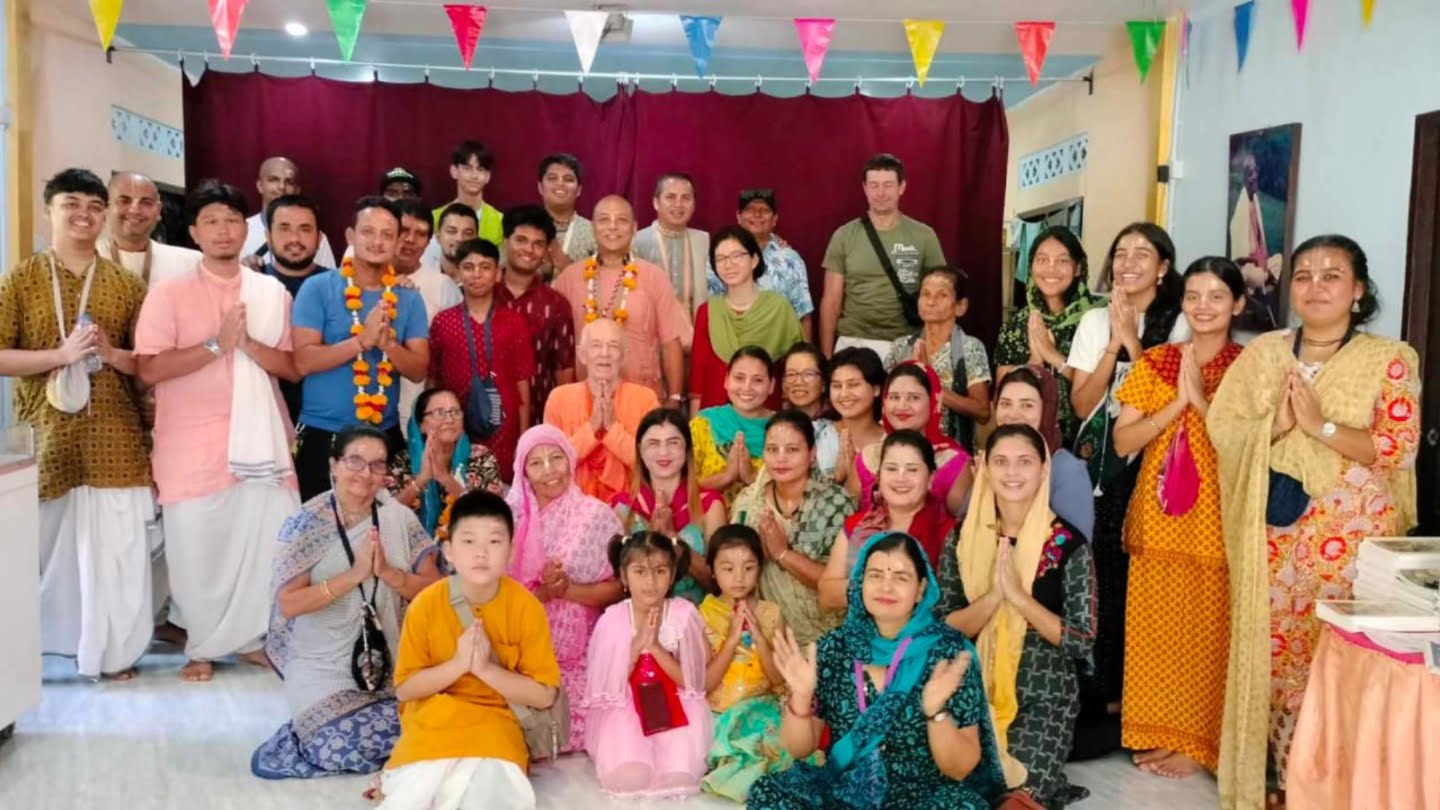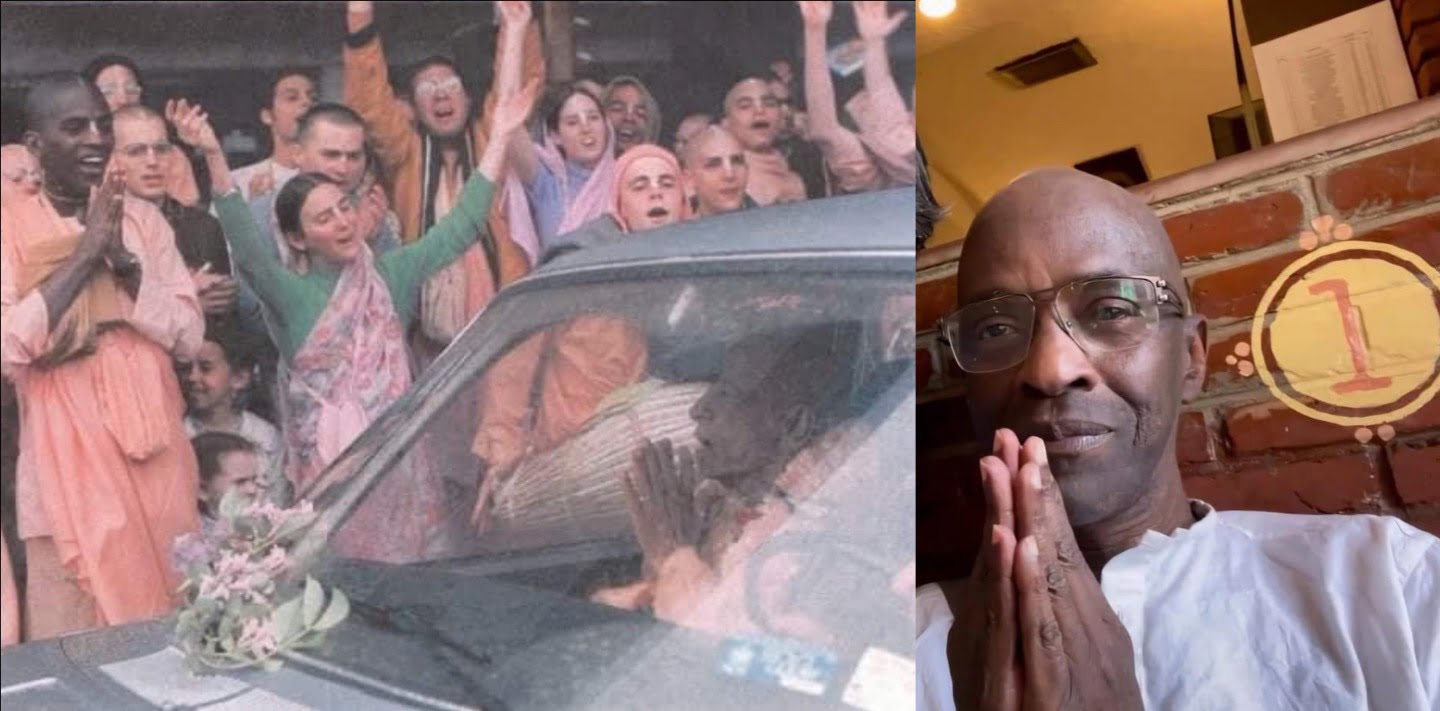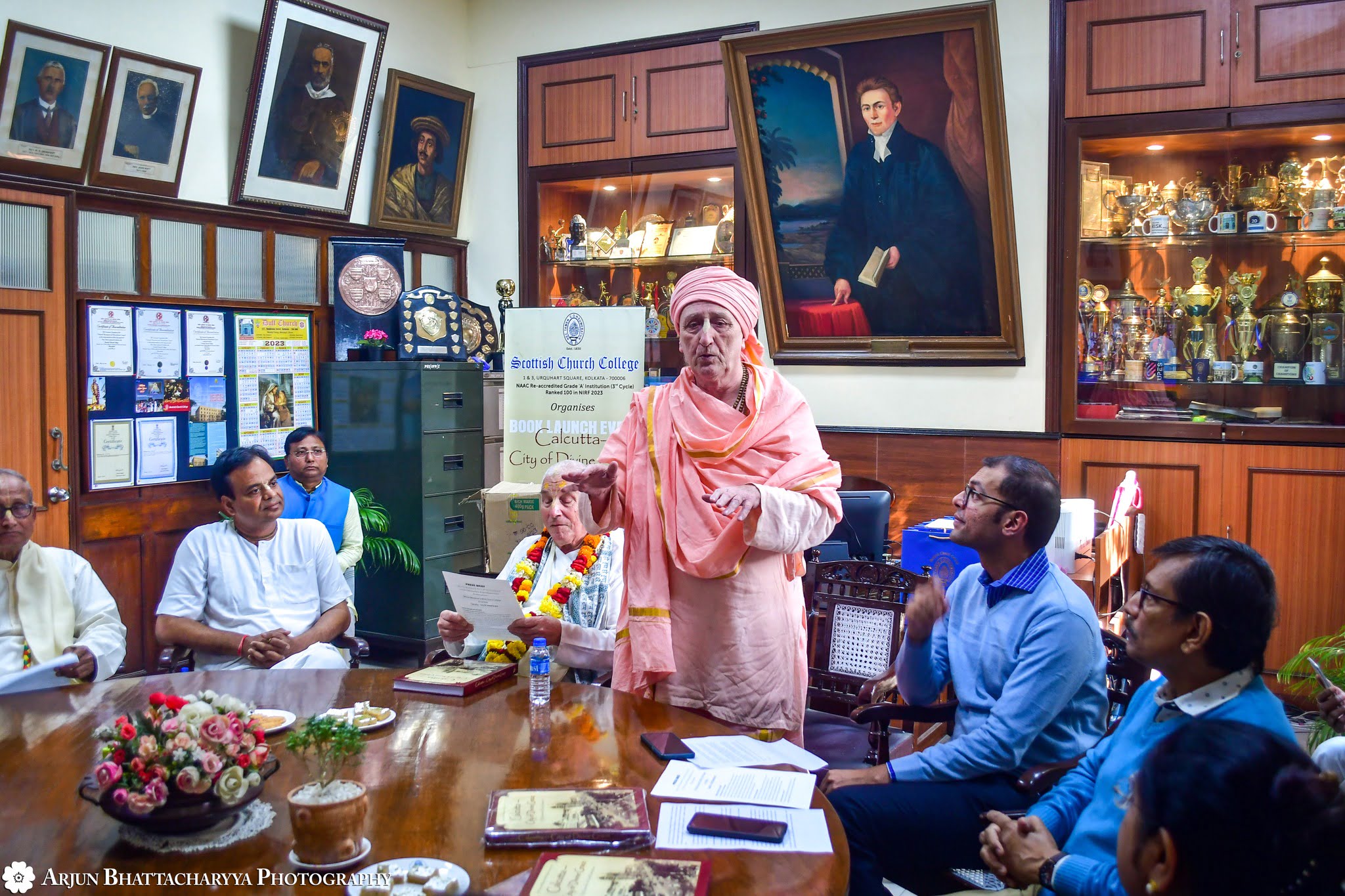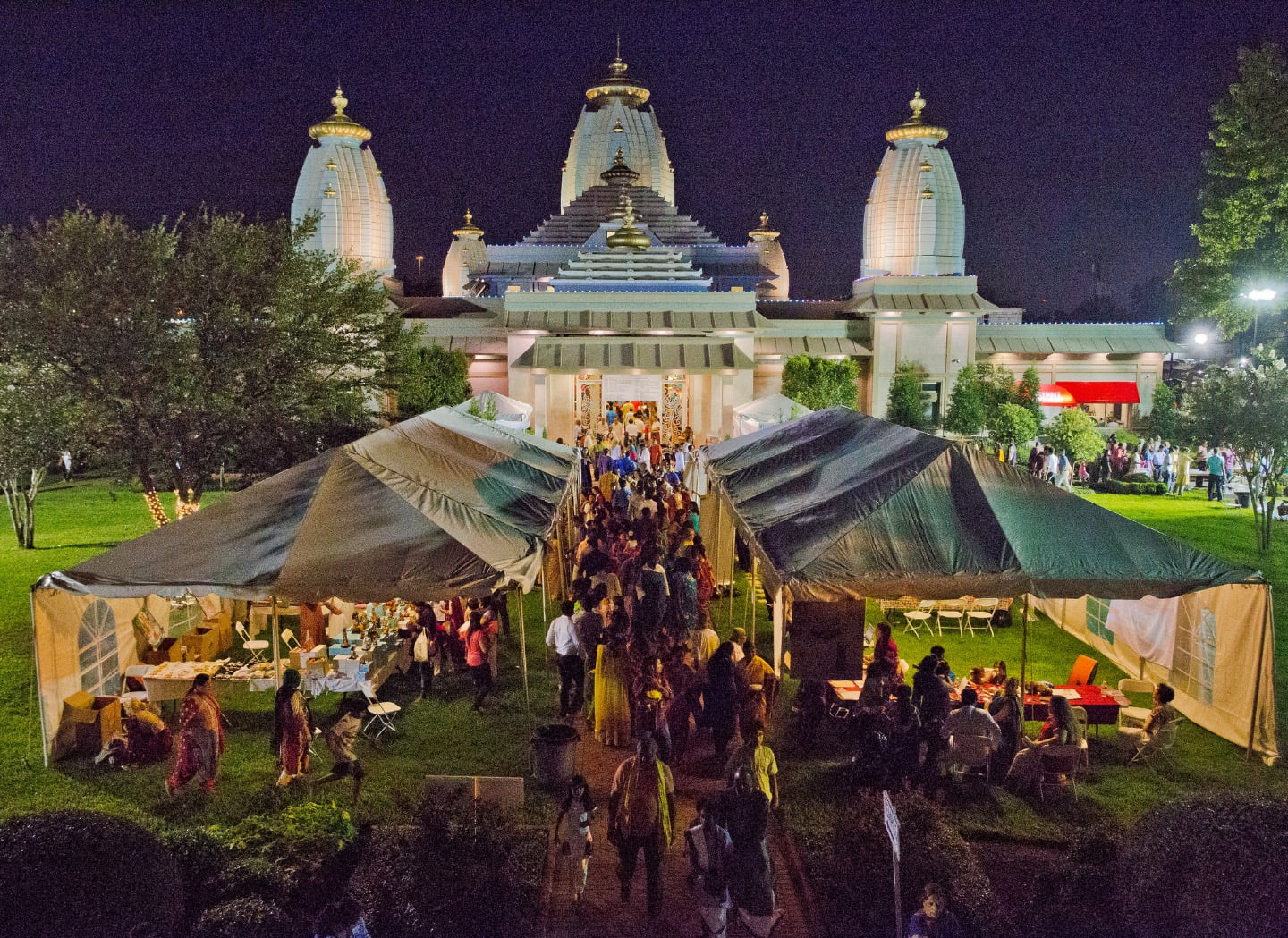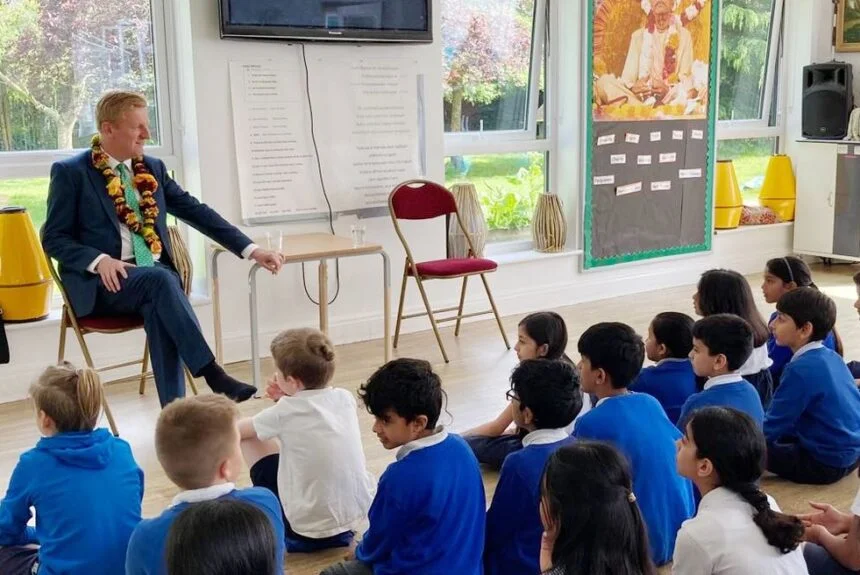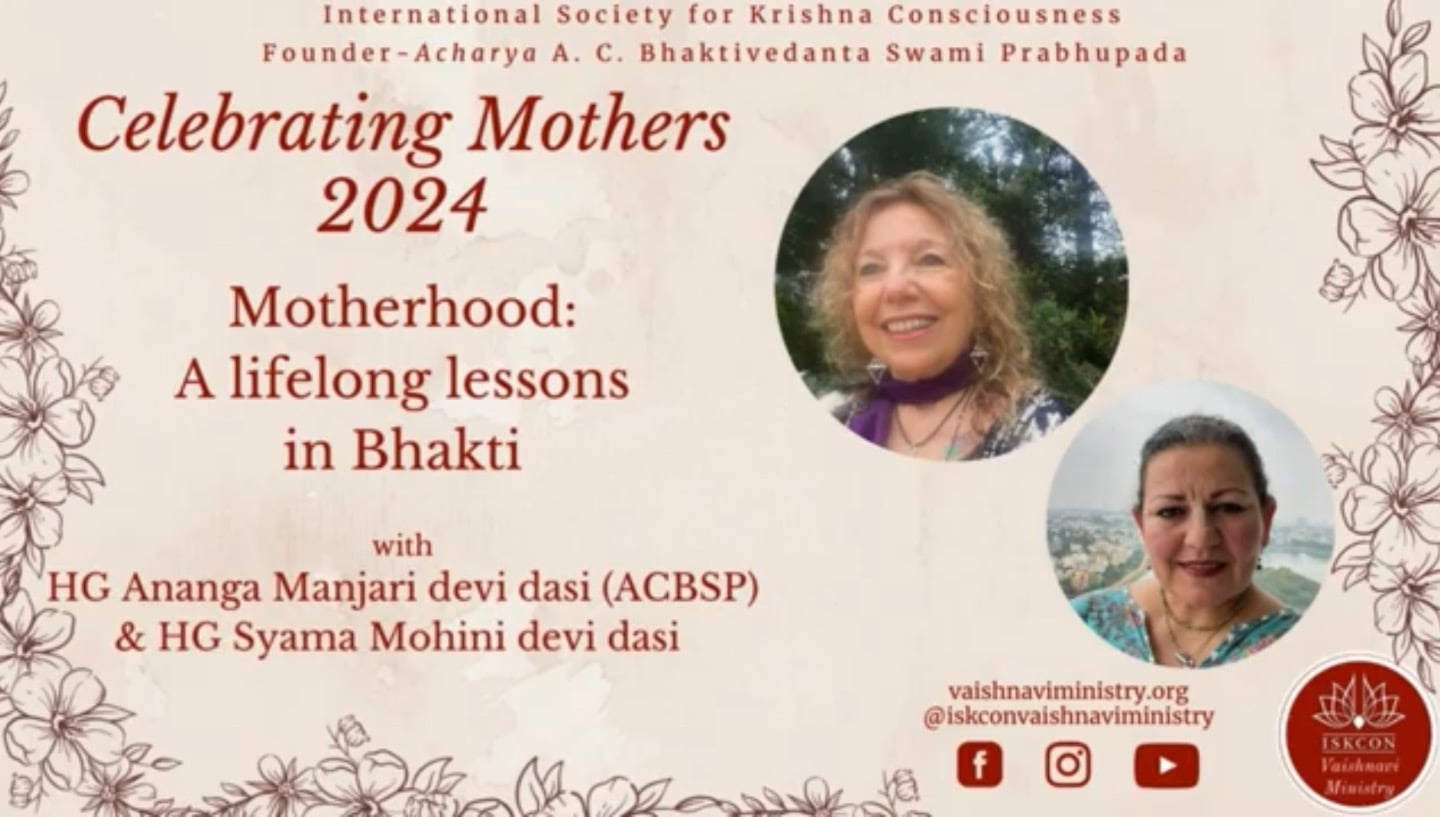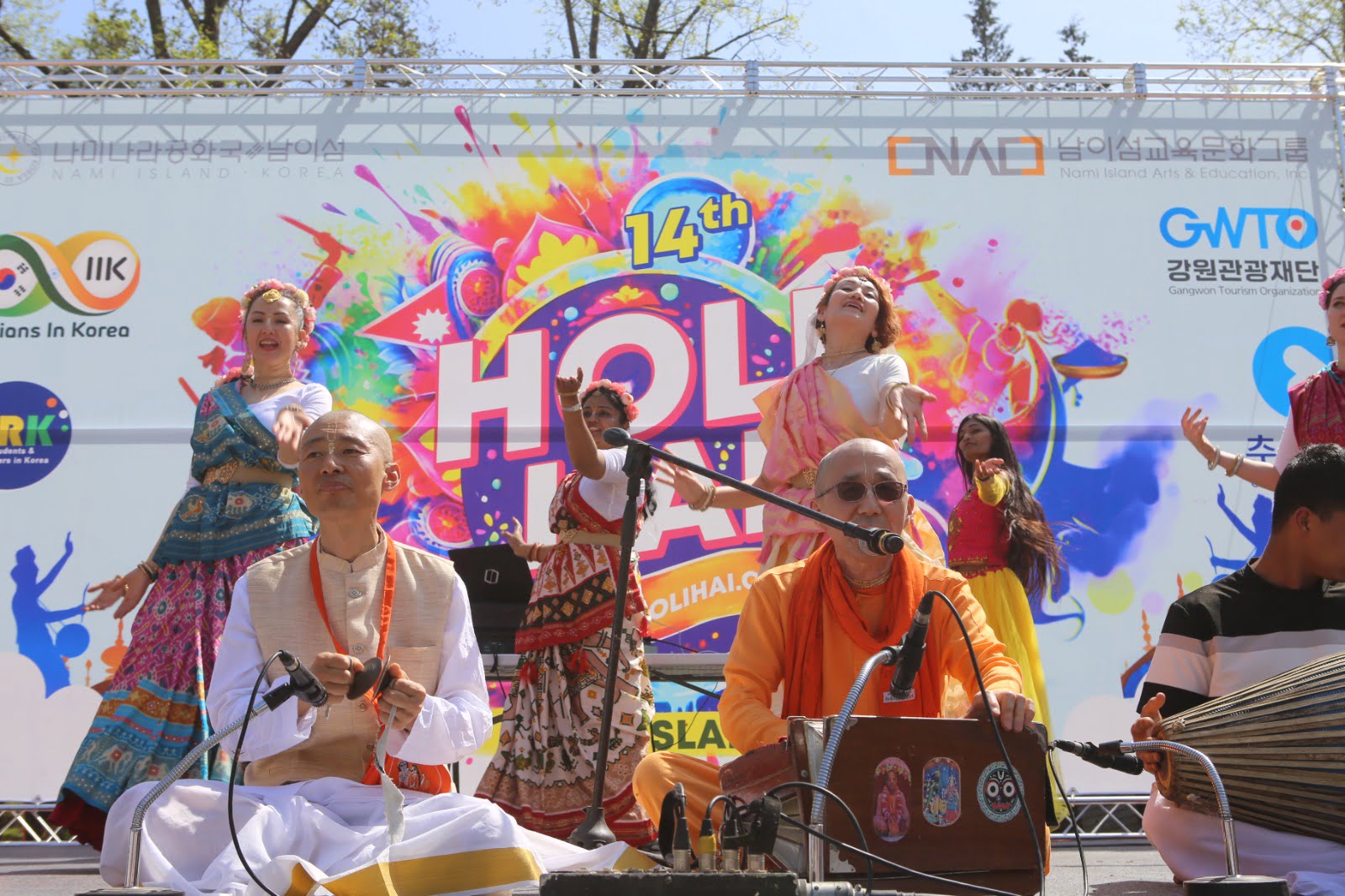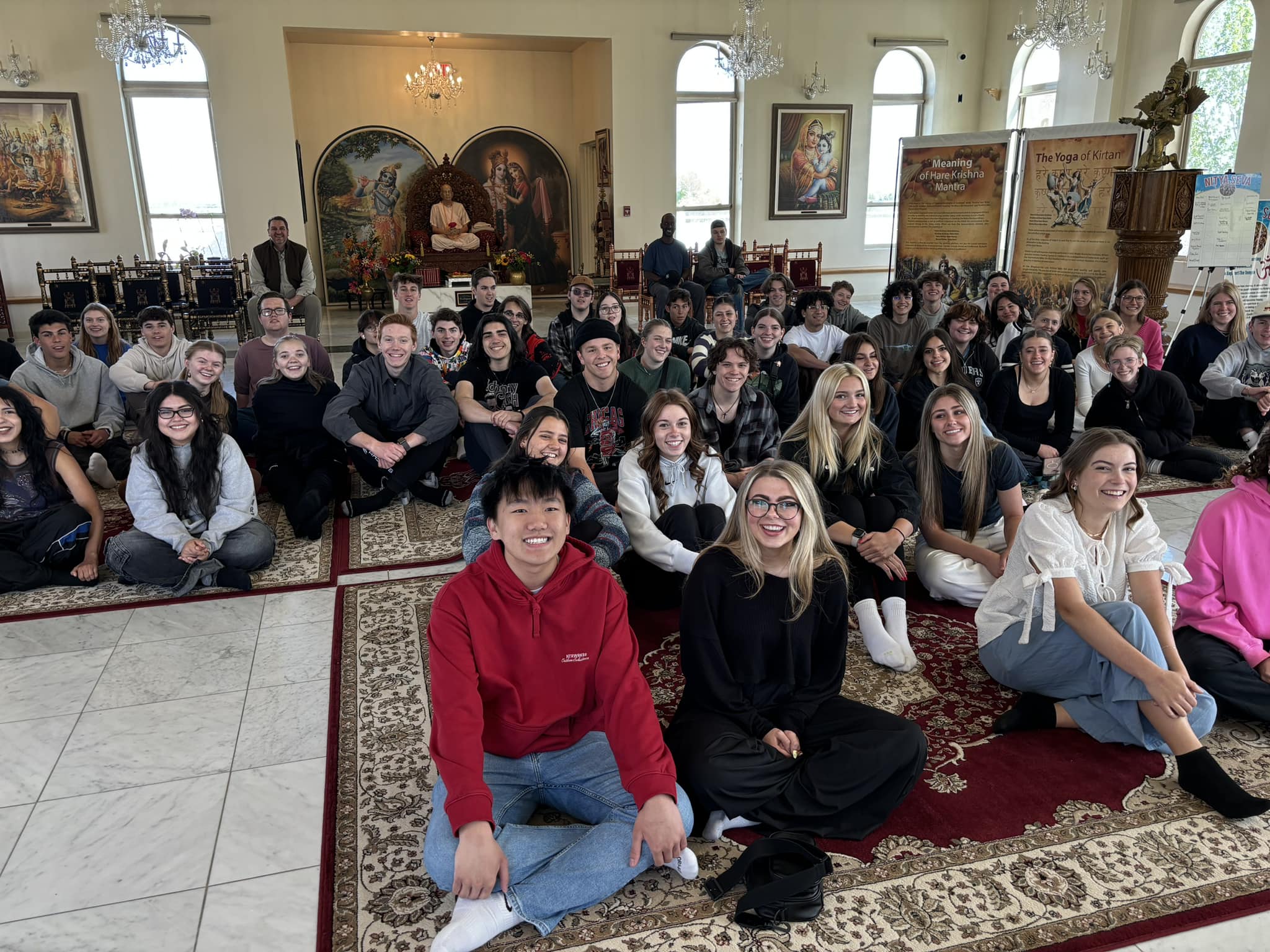New Pune Temple Complex Will Focus on Community
By Madhava Smullen | Jan 12, 2013
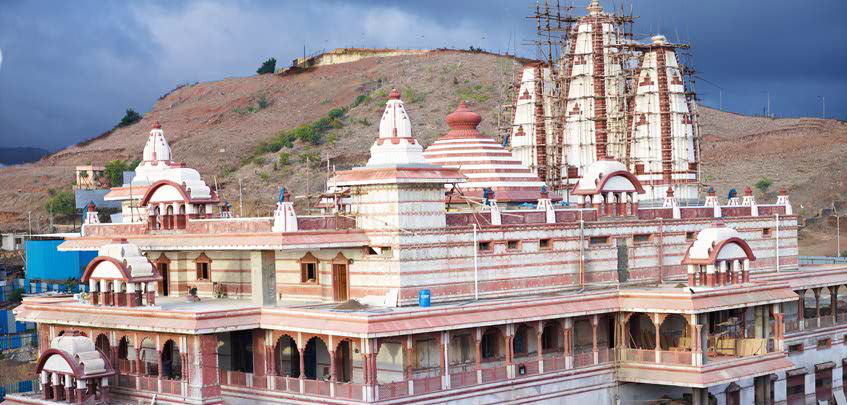
An incredible two hundred thousand people are expected to flood in to ISKCON Pune’s New Vedic Cultural Centre complex for its opening on February 24th.
The crowd arriving in the western Indian city—the seventh largest in the country—will include nearly 30,000 ISKCON devotees, and 20 to 25 senior Srila Prabhupada disciples.
They’ll begin celebrating at 7:00am at the new six acre complex—which includes a Radha Krishna temple, Balaji temple, food hall, residential ashram, educational seminar halls and extensive gardens.
The festival will begin with a Prana Pratistha ceremony, during which priests will call the Lord to personally reside in new Deities of Radha Vrindavana Chandra, Gaura Nitai, and Jagannath, Baladeva, and Subhadra. This will be followed by an abhisekha bathing ceremony, running until 11:00am.
The Deities will then be dressed in beautiful new outfits, and from 1:00pm on visitors will be able to view Them and pay their respects.
The festivities will restart at 4:00pm and continue until 10:00pm, with entertainment by Indradyumna Swami and his “Le Carnaval Spirituel” troupe, and music by traveling spiritual minstrel Ekalavya Das and his band.
Meanwhile, special games will be organized for children, and visitors will meander around the grounds viewing dioramas and mechanical exhibits showcasing the pastimes of Lord Krishna, His avatars and His devotees.
The huge complex is bound to wow, and is a major development for ISKCON Pune, whose growing congregation urgently needed a larger place to worship and host their community activities.
ISKCON Pune wasn’t always the success it is today. Established in 1982 in a rented bungalow, the temple went through ten presidents in as many years, and at one point had only only five residents and under 100 congregation devotees.

The old Pune temple, a small bungalow
Then, in 1995, GBC Gopal Krishna Goswami asked fellow ISKCON leader Radhanath Swami to help by sending a team from his Chowpatty temple in Mumbai.
The team included Radheshyam Das, who became the Pune temple president in 1997.
“I was preaching in colleges, and many of the students we were preaching to started joining as full-time devotees,” he recalls. “The temple grew very fast with the help of these educated people. And today, there are about 150 brahmacharis in the temple, and about 4,000 congregation devotees.”
As the congregation swelled in size, the rented bungalow being used as a temple became drastically inadequate. Every Sunday, it was packed to the rafters. During the week, people gathered for meetings and educational seminars everywhere they could—sitting on the grounds, even on the roof.

Devotees packed into the small old temple, and needed a bigger space
“We needed a bigger place,” says Radheshyam. “We were wondering what to do.”
Lord Krishna had an answer.
One day, one Mr. Banerji, a retired, widowed army officer who lived just down the road from the ISKCON temple, approached Gopal Krishna Goswami. He told him how impressed he was with the devotees’ Deity worship, and asked if they could help him take care of his Balaji Deity.
“We agreed, and started going to his house and worshipping his life-sized Balaji for three or four months,” Radheshyam says. “He was very appreciative. He said, ‘If you can take care of my Balaji after I pass away, I will donate my house to ISKCON.’ Again we agreed, and started worshipping Balaji on our campus.”
Three years later, Banerji passed away, and all the devotees attended his funeral, holding a huge kirtan for him.

New temple
Soon after, they sold the house he had donated to them for 1.5 Crore Rupees (about $275,000) and with the money were able to purchase a six-acre property within the Pune city limits.
In 2008, a dedicated team of both brahmacharis and grihastas (celibate monks and family people) launched an elaborate fundraising campaign that brought in forty to fifty thousand donors. With each giving a little, they have raised 38 Crores (nearly $7 million) to date.
Construction ran alongside the fundraising, so when the complex opens in February, most of the work will be complete.
The temple itself will be built with alternating white marble and Rajasthani red stone, featuring tall domes and a Jagannath Puri architectural style.
Its ground floor will be a multi-purpose hall for lectures and cultural programs that can sit 3,000 people.

Pradakshina marg surrounding the temple
Its first floor will be the temple hall, housing three altars. Placed around the hall’s circumference, in recesses in the wall decorated with computer-controlled changing colored lights, will be murals of the twelve mahajans (great souls) mentioned in the Bhagavat Purana: Shiva, Narada, Brahma, the four Kumaras, Kapila, Manu, Prahlad, Janaka, Bhishma, Bali Maharaja, Sukadeva Goswami, and Yamaraja.
Above them, in the center of the ceiling, will be a mural of Radha and Krishna on a swing, surrounded by the eight sakhis (Radharani’s assistants) and eight peacocks.
The temple will also feature beautiful murals of Lord Krishna and Lord Chaitanya’s pastimes—including a huge piece behind the murti form of Srila Prabhupada, showing Sri Chaitanya and his associates chanting and dancing in Navadvipa.
Even outside the temple, no detail will be spared. A ‘pradakshana marg,’ a kind of path that leads devotees in respectful circumambulation around a place of worship, will surround the temple, and will feature twenty-four fiber-glass murals depicting the pastimes of the saints Prahlad and Dhruva Maharaja.
Connected to the pradakshana marg will be a bridge that leads worshippers from the Radha Vrindavanchandra temple to an entirely separate temple for Mr. Banerji’s Balaji Deity.

Inside Dome of temple
Seated atop a hillock, it will be built in typical South Indian architecture and boast steps up to it, just like the original Balaji temple in Tirupati, South India. It will also have its own separate kitchens and a pond outside where festivals for Balaji will be celebrated.
As well as these two temples, the complex will also have a prasadam hall with space for 3,000 people to eat, a residential ashram for 300 brahmacharis, and an administrative building with offices and a reception area.
But most exciting is a building for VOICE: A Vedic Oasis for Inspiration, Culture and Education. This educational wing of ISKCON Pune will feature several seminar halls of different sizes to accommodate different groups, and is one of the community’s major focuses.
“We do training programs for college youth, including a series called Essence of Bhagavad-gita,” says Radheshyam. “We do seminars for children, teenage boys and girls, and our group FOLK: Families of Lord Krishna arranges special programs for about 200 families. We also do corporate seminars that add spirituality to techniques of conflict resolution, stress management, mind management, and time management.”

Govinda’s outlet
Several other features, meanwhile, will not be completed in time for the grand opening of the complex, but will add more to its convenience and spiritual atmosphere when they are ready in two to three years.
This second phase will include a Govinda’s restaurant, a marriage hall, and a forty room guest house. For a peaceful and tranquil feel despite the city environment, the complex will also feature a huge lawn alongside the Radha Vrindavanchandra temple, as well as “The Vrindavana Garden,” which will recreate the land of Krishna’s birth.
“The Garden will have seven miniature replicas of famous Vrindavana temples, and a replica of the sacred lake Vrinda Kunda,” Radheshyam says. “There will also be dioramas of characters in Krishna’s pastimes as well as cows, calves, peacocks, monkeys, and deer. The Vrindavana Garden will have a very soothing atmosphere, where visitors can sit, chant and do meditation.”
The fact that the temple complex is in a developing area, with buildings rising up all around it, could have been a cause of some concern. However, ISKCON Pune has a solution: management has encouraged congregation members to buy or rent homes all around the complex to preserve the spiritual atmosphere.
“More than 300 devotees have already taken houses all around the temple, and eventually we expect there’ll be 400 to 500,” says Radheshyam.
It’s a thriving community, and at its essence community is what ISKCON Pune is all about.
“The goal of this temple is to bring about love and care for the devotee community,” Radheshyam says. “We want the temple to be a central focal point, where all the core congregation members can come together to hear and chant, and there can be a very nice loving bond between brahmacharis and grihastas.”
The temple, under the moniker New Vedic Cultural Centre, will also provide a venue where talented artists of all kinds can express their devotion to Krishna in performances that will happen nearly every day.
Meanwhile, VOICE will train and educate young devotees in Krishna consciousness, preparing them to preach in Pune, and around India and the world.
Finally, the community will also be a haven for senior citizens, where they can worship, live nearby, and spend their last days absorbed in Krishna consciousness.
“According to Vedic literature, there are five people in society who require attention: the elderly, children, women, cows and brahmanas,” says Radheshyam. “So we want our project to pay special attention to these five categories of people—to enrich and support them, so that the whole community will feel a great sense of belonging; and a great sense of confidence in practicing Krishna consciousness.”





